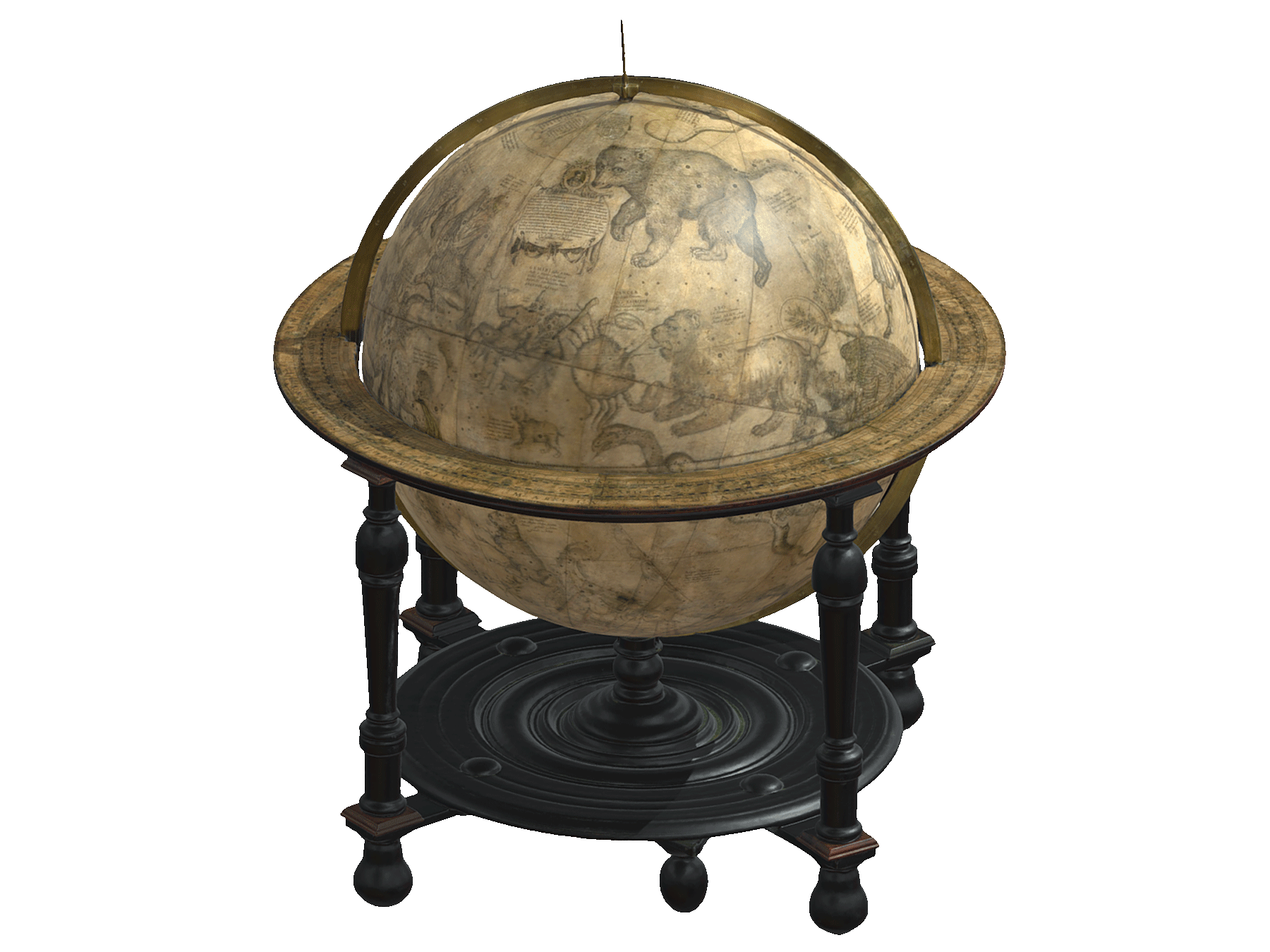Płock Doors
The door to the cathedral in Płock was ordered by bishop Aleksander of Malonne (died 1156). Master Riquin, together with assistant Waismuth, cast them in bronze, in the lost wax technique, in the years 1152-1154 in one of the Magdeburg foundries. It is not certain whether it belonged to the local fabrica ecclesiae, operating at the cathedral, administered by bishop Wichman of Wetyn (c. 1110-1192).
The original in Veliky Novgorod in Russia, a bronze copy in the Płock Cathedral (Poland).
Figurines of bishops and contractors are among the reliefs, to which in the first quarter of the 15th century a representation of a Russian founder, master Abraham, was added. He also adapted the gates to the western portal in the Council of Sofia in Veliky Novgorod in Russia, adding Russian inscriptions translated from Latin into Cyrillic. It is hypothetically assumed that the door was looted from Płock at the end of the 13th century and after various fate, it was hung as a “copper icon” in the Orthodox Church at the beginning of the 15th century.
The reconstruction of the arrangement of the quarters in connection with the articles of faith refers to the ancient Christian tradition, according to which each of the Apostles, before all of them departed for the evangelization mission, delivered one article of faith, which is aptly expressed by the Polish name Apostolic Composition.
To commemorate this fact, from the ninth century the feast of the Departure of the Apostles was celebrated in the universal Church, also known as the feast of the Dispatch of the Apostles (Divisio Apostolorum). The iconography of the Płock Doors sections reminds us of this distant tradition. Here is the gigapixel of the Płock door and a diagram showing the assignment of the plots to the 12 articles of faith of the Apostolic Creed.
PROLOG. DIVISIO APOSTOLORUM – DISPERSION THE APOSTLES
The upper quarter of the left wing begins the iconography captured in the reliefs of the Door of Płock. It consists of three plates: on the left – The Apostolic College with Mary, in the middle there is Handing the Keys to St. Peter – Traditio calvium, and on the right – the second part of The Apostolic College with St. Peter. This layout is incorrect because St. Peter appears in it twice, on two plates next to each other. In the centre there should be a plate depicting The Ascension of Jesus, in the Middle Ages this scene also meant The Descent of the Holy Spirit. Thus, the reconstruction of the original arrangement of the three plates should involve placing the plate depicting The Ascension of Christ – The Descent of the Holy Spirit, in the centre. The board then gains logical consistency and changes the meaning of the composition. It tells us about The Dispersion the Apostles after the Descent of the Holy Spirit – Divisio Apostrolorum.
These are the names of the twelve Apostles: “first, Simon (who is called Peter) and his brother Andrew; James son of Zebedee, and his brother John; Philip and Bartholomew; Thomas and Matthew the tax collector; James son of Alphaeus, and Thaddaeus; Simon the Zealot and Judas Iscariot, who betrayed him.” (Matthew 10:2-4).
The Apostles are shown with unfolded scrolls in their hands. According to the tradition, the articles of faith – Credo Apostolorum, suitable for each Apostle, were placed on the scrolls. However, on the monument of Płock they were omitted because of lack of space.
Gigapixels
3D models
)
)
)
)
)
)
)
)
)